Eman Bare BAJ’15 is a renaissance woman ready to take on anything that moves her. She’s been a force in ethical fashion design, yoga instruction, celebrity ghostwriting and investigative journalism to name a few of her interests and professional pursuits. Now she’s got her sights on passing the New York Bar and righting some of societal ills in a court of law.
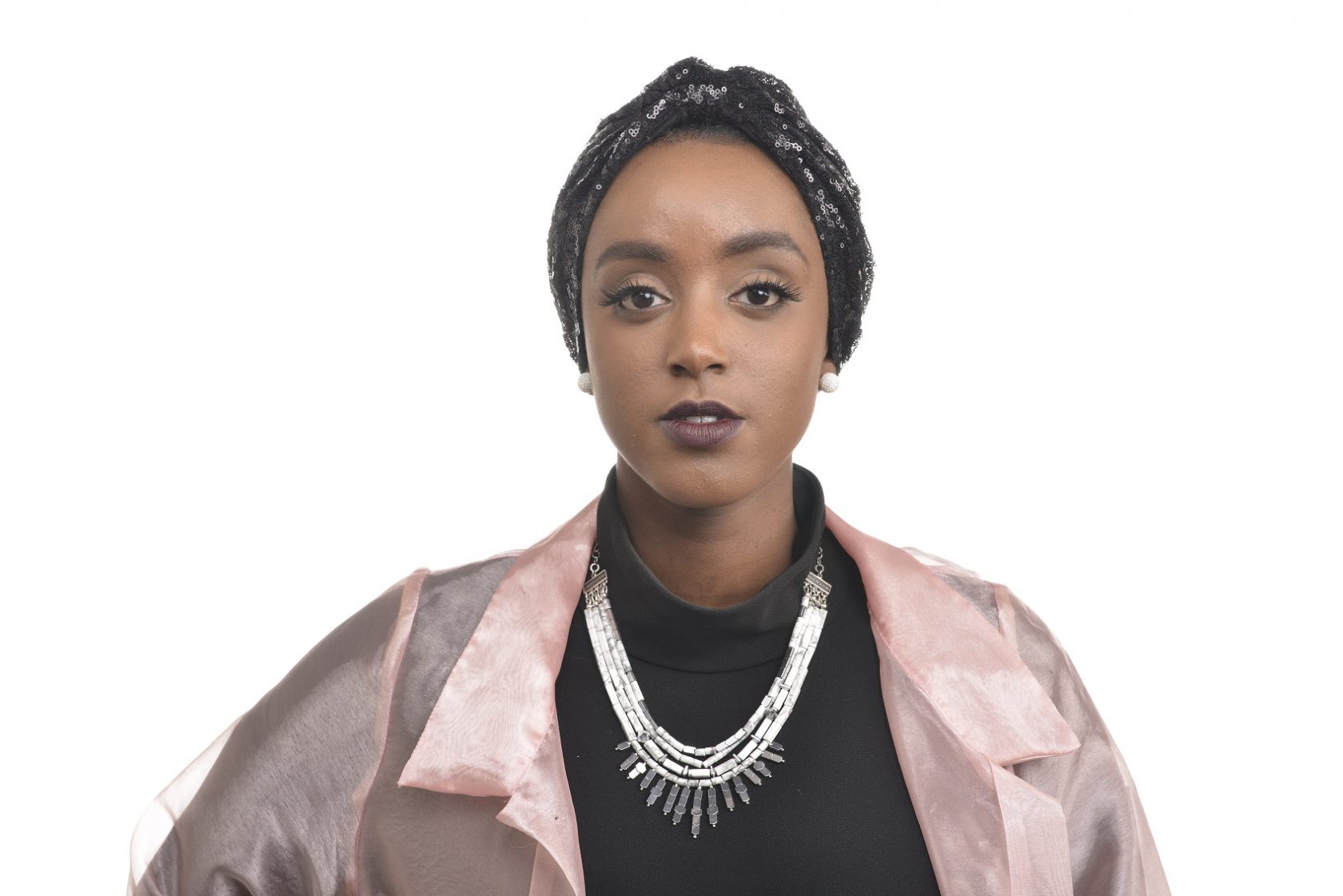
Eman Bare always knew she wanted to be a journalist; she’s been documenting experiences and telling stories for most of her life. As a child of immigrant parents, she translated the news from English into Somali for her father and later wrote her parents’ emails. Now, at 29, Bare is looking back on years of professional reporting for news outlets such as CBC and Global National.
During those years, there were moments that some might call blips or distractions, things wildly outside what might be expected for a newly minted graduate beginning a career in investigative journalism. Bare has become a yoga instructor, created an ethical fashion line, ghostwritten for celebrities and will soon prepare to take the bar.
“I've just learned over the years that I need to stop listening to other people's ideas and thoughts on what I should do because, ultimately, it's never led me to where I want to be,” says Bare.
Bare describes her upbringing as “the most bizarrely cookie-cutter immigrant story” — her father owned a convenience store in south Regina and she learned to work the till at a very young age — but what she recalls most is deciding to embrace the fact that, as a Black Muslim girl, she wasn’t the norm.
When kids said her hair looked like spider legs, for Wacky Hair Day at school, Bare combed her hair into a full-on fro and put leaves and twigs in it. “A normal kid would have felt sad and upset, but I was like nope, this is my hair, this is what we're doing today,” she says.
Bare was one of very few Black Muslim students at Islamic school and at Campbell Collegiate where she finished high school. She was the only player wearing hijab and tights on the Campbell girls’ rugby team, but joining the team was worth it to make friends and have fun.
“I don't really look like somebody who would go around tackling people. It was a very unconventional sport for me to be playing so I just fully embraced it, absolutely loved it,” she says.
Thinking about what it is that compels her to use her ability to tell stories to share the truth, Bare says it goes back to being that kid who was OK with not fitting in.
“It makes you feel crazy when all of these things are so wrong and people say, ‘What can we do about it?’ Well, we can actually just change it. We can decide that these are no longer systems that we want to work with.”
Bare studied at the University of Regina’s School of Journalism from 2013 to 2015. The school has a long history of guaranteeing its students paid internships, which often lead to employment. Bare’s experience was no exception. She worked at Alberta Primetime, a current affairs show, and then Global Edmonton, which hired her a few days after she started.
Drawn to investigative reporting, she continued to work with Global for her last year of journalism school. After she graduated, she moved to Toronto to work on 16X9, a national Global News investigative program. Bare returned home to cover local news and investigative stories for CBC Saskatchewan, then moved back to Toronto in 2017 to work for CBC News Network, the iUnit (now CBC Investigates) and Power & Politics as an associate producer and reporter.
Mitch Diamantopoulos, associate professor at the School of Journalism, taught a class called “Journalism Topics” that provides undergraduates with space to discuss sensitive issues — gender discrimination in the workplace, reporting on race and class — before they encounter them in the field. He says Bare was often the first student to enter discussions and one he didn’t have to prod to ask the right questions.
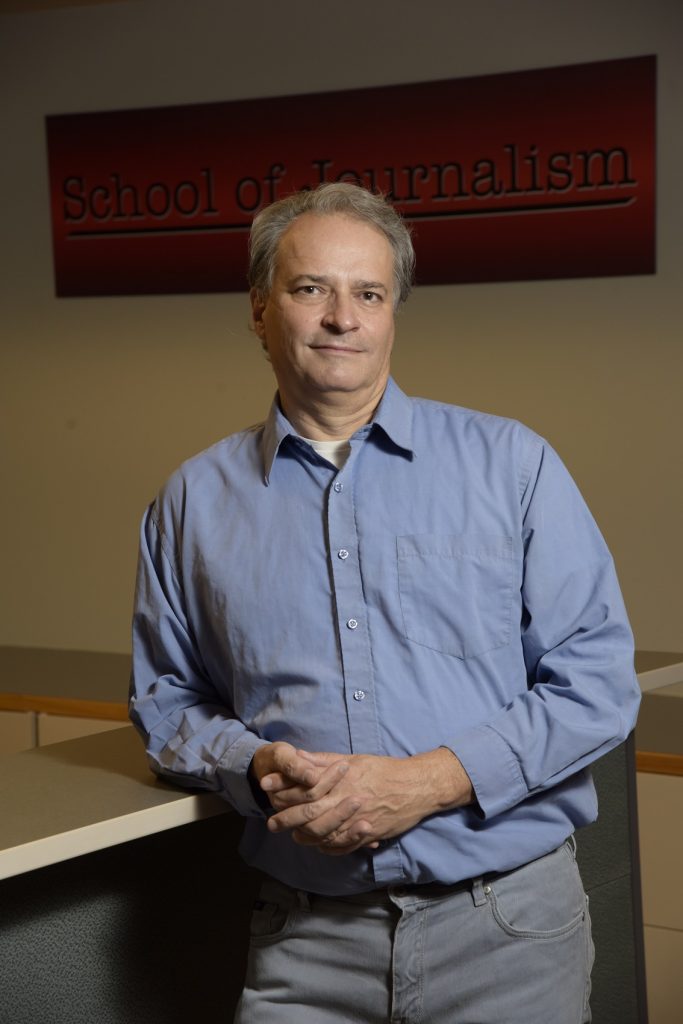
“You want a journalist who is fearless and who risks not winning a popularity contest to get to the truth. It was pretty obvious, early on, that Eman had a lot of investigative zeal. I thought she was either going to end up in jail or win a Pulitzer,” he laughs.
While in journalism school, Bare won the CTV Investigative Journalism Prize, given to the student who completes the best investigative work while in school.
Since then, a pattern has emerged in Bare’s journalistic work. She doesn’t shy away from stories that highlight systemic injustice. Most recently, she’s covered stories on Black identity in Toronto, racial slurs allegedly used by a teacher at an Ontario school, negligent care in Regina’s General Hospital and Saskatchewan’s drinking and driving culture.
Bare’s motivation comes from her Islamic faith, which she engaged with more intentionally at 18 when she trained to become a yoga instructor. Verse 135 from Surah An-Nisa, the fourth chapter of the Qur’an which translates to “The Women,” is one she says she kept in mind particularly during journalism school.
“It talks about how, for people who have faith, to stand firmly for justice even if it’s against your character, relatives or yourself,” she says. “God is always on the side of the truthtellers.”
It may seem unusual to hear a journalist acknowledge their faith as their inspiration, but to Diamantopoulos it makes sense.
“The quest for justice, which is so important to so many people of faith, is also at the core of journalism,” he says. “Journalism is not simply about the truth… it's about the truth to empower the public to make their lives better, to improve the world.”
But while driven to tell the truth, Bare learned early on how rough a reporter’s life can be. Working long hours for Global in Toronto, and under constant pressure to deliver stories in a city she didn’t know well, took its toll. She soon became overwhelmed and decided to do what any overworked reporter would do: enroll in a fashion design program at Toronto Film School.
“My internal compass felt off. I didn't have the excitement and passion to be doing stories. I couldn't meet people because I was constantly in this newsroom. I thought doing something creative would bring joy back into my life,” she says.
Ever since she was young, Bare has taken charge of the way she looks. While she wore hijab and was more covered up than other girls in high school, she wanted to look like a regular kid. So she improvised by wearing her father’s dress shirts and cinching them with a belt, mastering a comfortable, feminine look that she says felt good.
“I wasn't going to be wearing Silver jeans, Ugg boots and a North Face coat,” she laughs.
Honing her sewing skills and pattern design, Bare came out of the one-year fashion program with a vision: creating an ethical clothing line for Muslim women that supports the women making the garments. In a whirlwind two years that saw her return to Regina to work for CBC Saskatchewan and then return to Toronto, she designed a line of accessories, which she morphed into a full collection that debuted at Saskatchewan Fashion Week in 2017. A year and a half later she showcased her collection, “Al-Nisa,” at New York Fashion Week in 2018.
“Her pieces seem to have this timeless classic-ness to them,” says Rachel Mielke, founder and CEO of Regina-based jewellery company Hillberg & Berk, which sponsored and provided jewellery for Bare’s collection at the New York showcase.
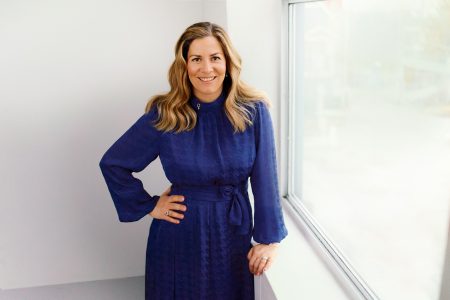
“It's product that you can easily wear everyday but still makes a statement with simple silhouettes, beautiful fabrics and cuts to her designs,” she says.
Along with bold fashion statements, Bare’s work addresses issues faced by women in the Global South and immigrant women closer to home. Bare’s own mother, who worked as a nurse’s aide, would bring Bare with her to work because she couldn’t afford childcare. Her employers were understanding, and Bare wants to pass that empathy forward in her work.
“I wanted to create a space where women could work and wouldn't have to choose between being mothers and financially providing for their kids,” she says.
A woman named Asima, who left three of her children behind with family in Myanmar to pursue work at a women’s collective in Malaysia, has made turbans for Bare’s line. Now on to her second collection, Bare has also employed women from Morocco, Bangladesh and Turkey, striving to create safe and supportive working conditions for them.
She says it’s important to be out in the world in order to build community trust. That’s where good stories come from. “You build understanding and you start seeing things from a different lens and a different perspective,” she says. “You start asking different questions.”
“She has incredibly audacious goals and dreams and she just makes it happen. She's an incredible model for women,” says Mielke.
Bare was also the only designer to use all Black models at New York Fashion Week, which she says forced the company that hired the hair and make-up team to make sure they had someone who knew how to style Black hair.
“The vision behind it for me was, yes, the representation when the women walk on the stage, but also what was happening backstage,” she says.
Bare has no qualms about holding power to account as a journalist. After all, the phrase “Question Authority” is on notepads and magnets that J-School students receive their first week at the University of Regina. But she has experienced her share of frustration with power dynamics within news organizations.
As a minority reporter, she has felt under-resourced compared to her colleagues. “The problem isn't getting minority or marginalized journalists into newsrooms, it's investing in them once they're there,” she says. “I've never been someone who has come out there to say ‘I want to be a hijabi reporter.’ I just wanted to be a really good journalist.”
Bare’s course of action when faced with adversity isn’t to give up, it’s to get better. Feeling the need for change once again, Bare applied to law school, not to become a lawyer, but to become a better storyteller.
“To be a good journalist, you have to constantly be learning,” she says. “The more you know, the more nuanced, powerful stories you're able to tell. Because I wanted to do investigative journalism, law school made sense, in my weird brain it makes sense,” she laughs.
After the murder of George Floyd by a white police officer on May 25, 2020, an act that sparked a wave of Black Lives Matter mobilization and protests across the continent, Bare worked as a student attorney on Carr v. De Blasio with Alvin Bragg, her criminal procedure professor and former Chief Deputy Attorney General of New York State. The case was connected to the death of Eric Garner, a Black man killed in 2014 by a white NYPD police officer who wasn’t let go from his position until 2019.

“Reading all the documents and watching the police outwardly lie, it affects your faith in people,” she says. “You just realize you're working with people with a completely different moral compass than you. I've always thought, ‘People just don't know.’ It's actually not that. People just don't care sometimes. They see things very differently than you.”
As disheartening as that realization is, it’s led Bare to think strategically about her storytelling and her audience.
“Am I going to focus on the devastation of police brutality on Black communities or on how much over-policing costs taxpayers? When you realize certain communities respond more aggressively to their bottom line than the death of an innocent man, it's jarring, but you realize you need to cater to your audience and pursue the truth.”
This coming year, Bare will keep the many plates she has in the air spinning and see where they take her. Currently ghostwriting books and speeches for celebrities, she travels to Turkey this fall to meet the women who make some of her clothes and to study for her bar exam. Whether or not Bare returns to the newsroom, her hunt for stories will continue.

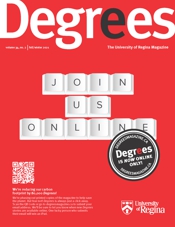

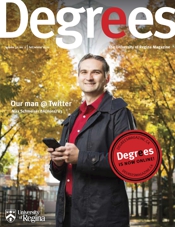
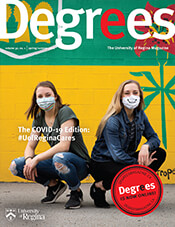


 Heise graduated from the U of R with a business administration degree in 2000. He says his time at the University prepared him well for an entrepreneurial career.
Heise graduated from the U of R with a business administration degree in 2000. He says his time at the University prepared him well for an entrepreneurial career.
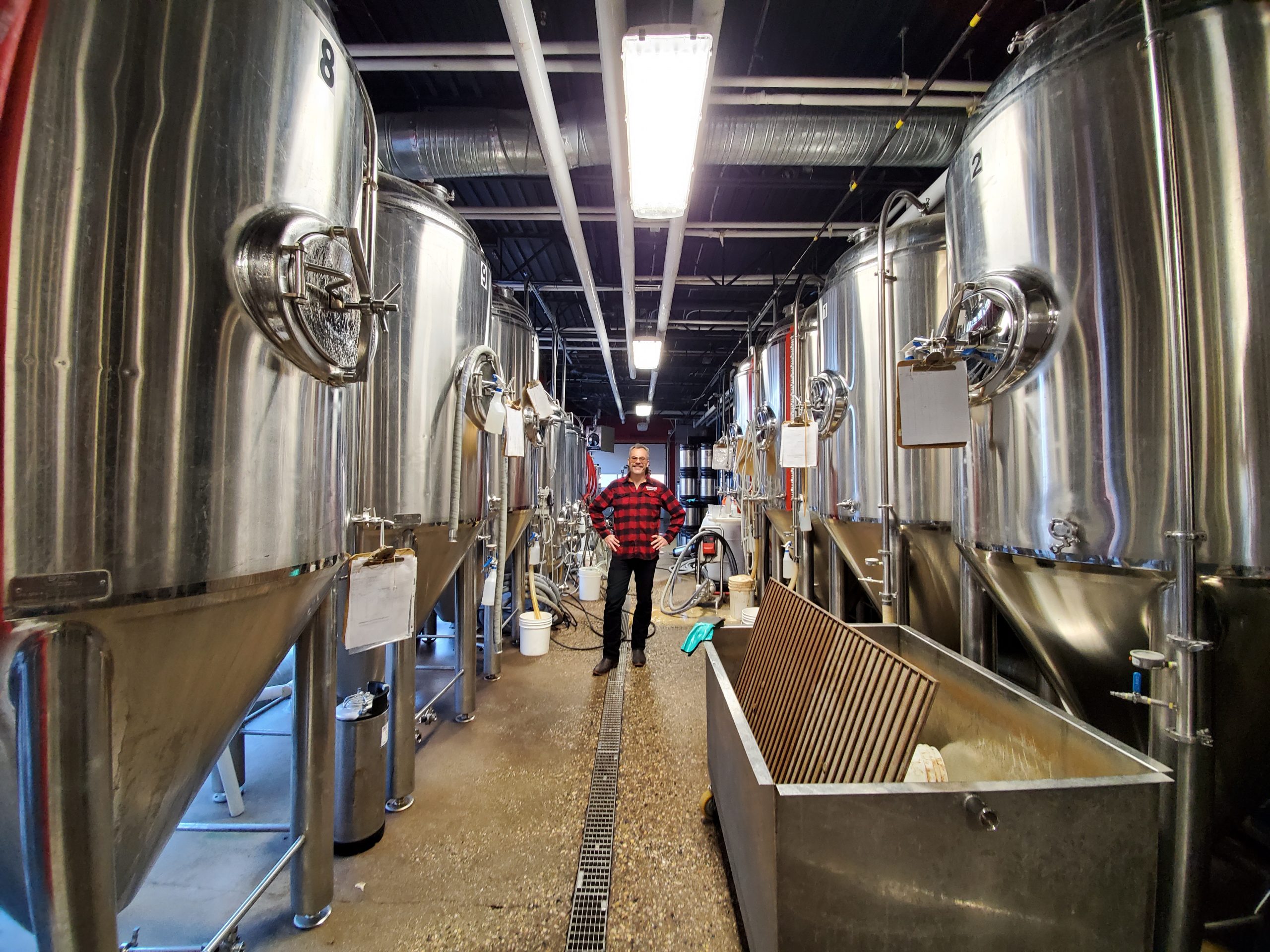 Heise is not the only U of R graduate that make up the award-winning Rebellion team. Matt Barton BA'06, BJ'08 is a journalism school graduate and is Rebellion's manager of communications. Vanessa Owen BA'08 and Zaul McLelllan BFA'11 are brew masters.
Heise is not the only U of R graduate that make up the award-winning Rebellion team. Matt Barton BA'06, BJ'08 is a journalism school graduate and is Rebellion's manager of communications. Vanessa Owen BA'08 and Zaul McLelllan BFA'11 are brew masters.
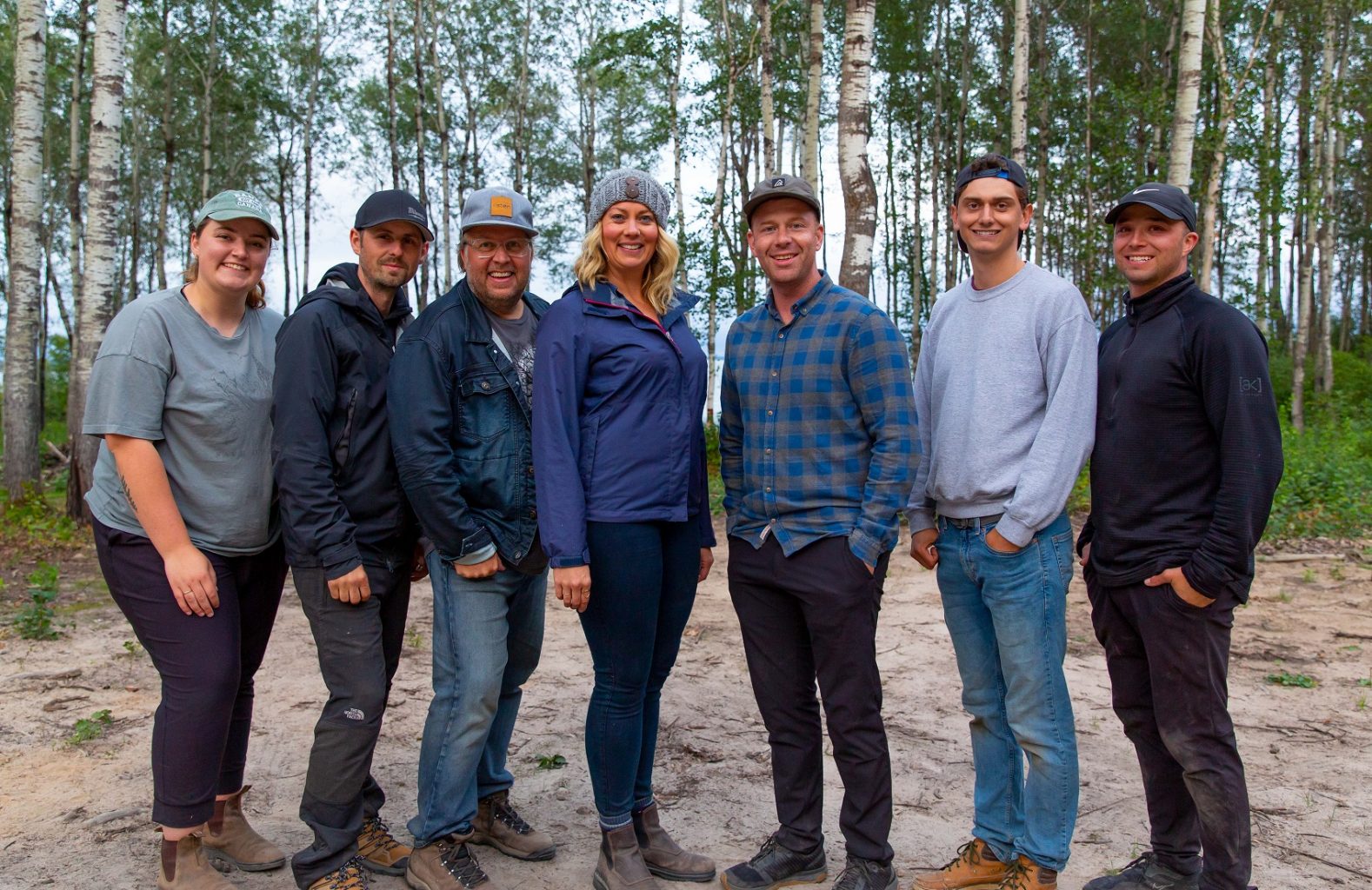 Flat Out Food crew (left to right) Kaitlyn Schropp, Preston Kanak, tBone, Jenn Sharp, Adrian Halter, Adam Burwell and Joel Tabak.
Flat Out Food crew (left to right) Kaitlyn Schropp, Preston Kanak, tBone, Jenn Sharp, Adrian Halter, Adam Burwell and Joel Tabak.
 Mark Wihak, a University of Regina professor and filmaker.
Mark Wihak, a University of Regina professor and filmaker.
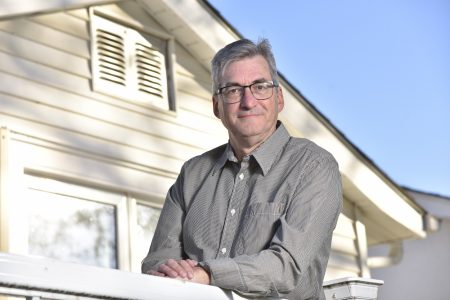 Will Dixon, a former University of Regina professor who taught
Halter screenwriting, producing and production.
Will Dixon, a former University of Regina professor who taught
Halter screenwriting, producing and production.
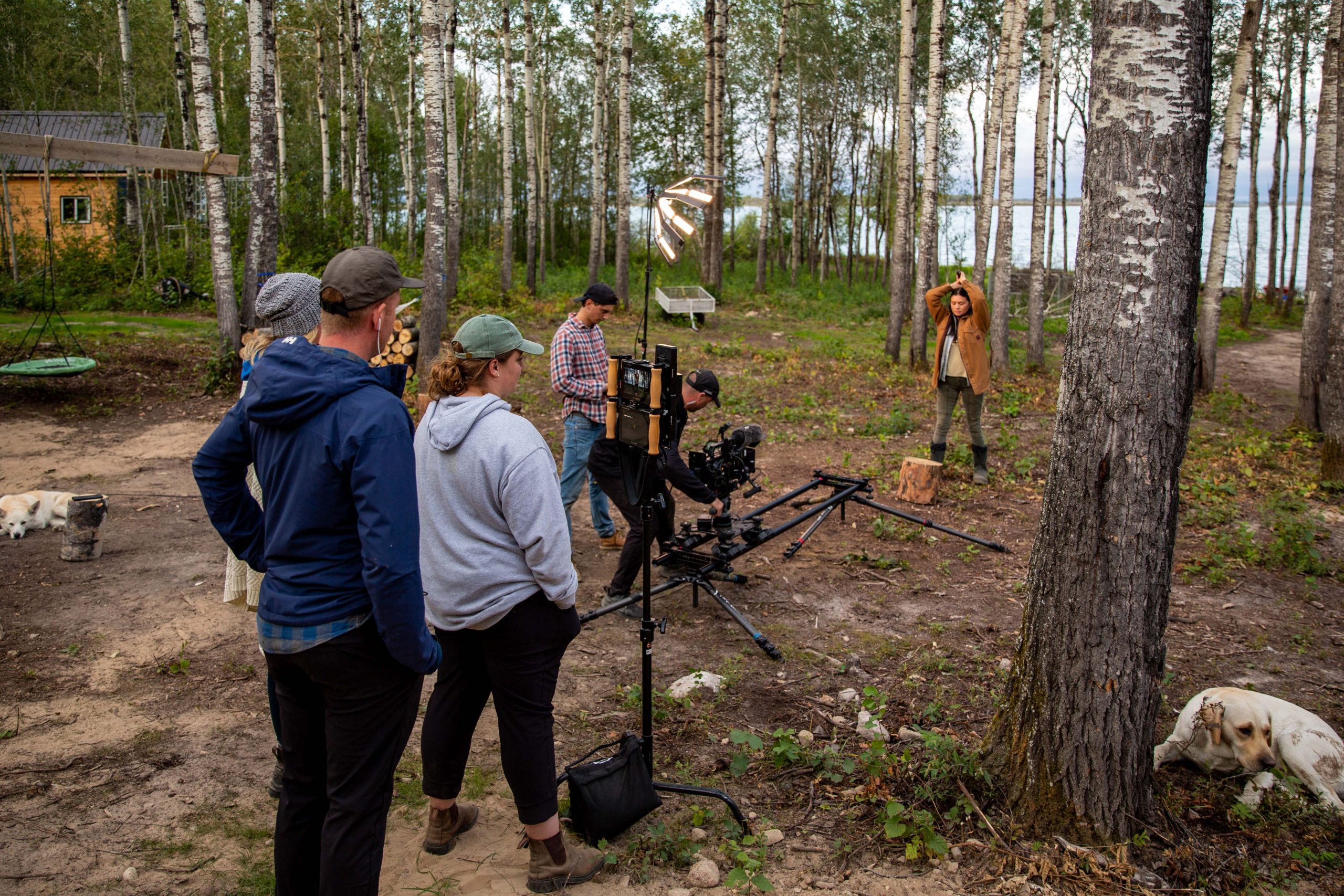 The crew (Adrian Halter, Kaitlyn Schropp, Joel Tabal, Adam Burwell) creating Jordyn Burnouf's Hero shot at Pemmican Lodge Photo by Preston Kanak)
The crew (Adrian Halter, Kaitlyn Schropp, Joel Tabal, Adam Burwell) creating Jordyn Burnouf's Hero shot at Pemmican Lodge Photo by Preston Kanak)